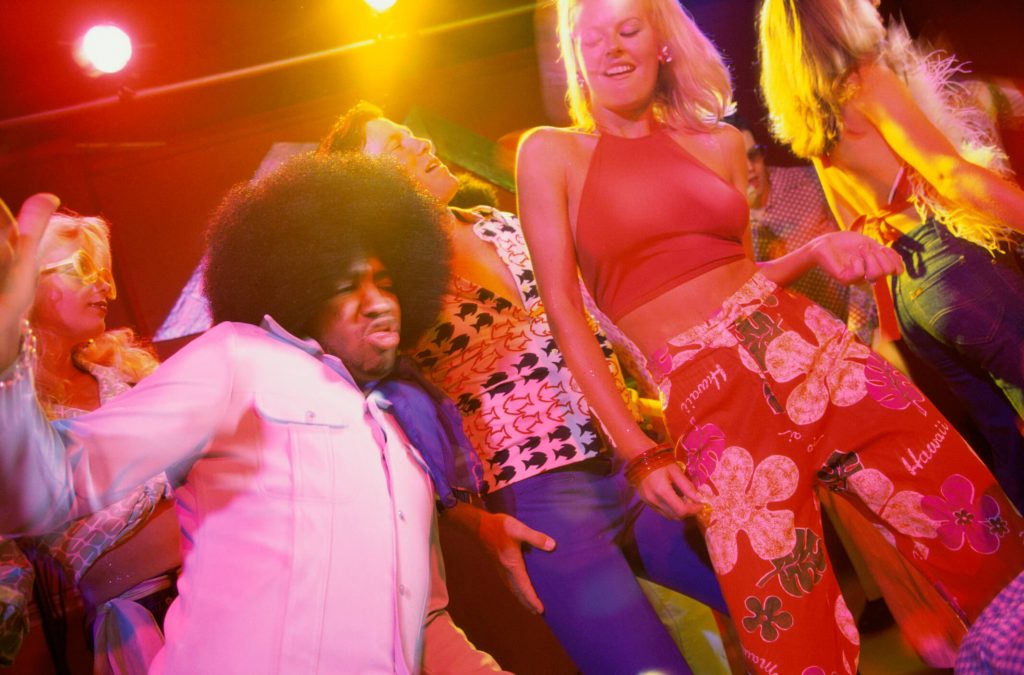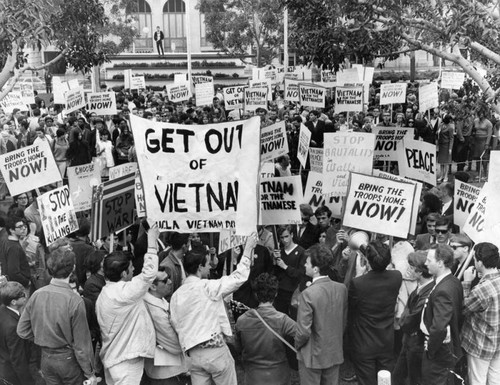Stevie Wonder
Stevie Wonder is a multi-instrumentalist and producer from Michigan, US. He shaped modern music as we know it because of his extensive use of early synthesisers and has influenced genres like R&B, funk, gospel, soul and even modern-day pop. He suffered from blindness from a very young age, however, still insisted that he wanted to be a musician. People called him a child prodigy and he was soon signed to Motown Records at the age of just 11 and got his first number one in the charts when he was 13. His album ‘Songs In The Key Of Life’ was released in 1976 and is a brilliant example of 70s soul, R&B and early funk music. The album debuted number one on the US billboards chart, spending 13 weeks on it. The album won album of the year at the Grammy Awards. Prince claimed it was the best album ever created and George Michael said it was his favourite album of all time.

Sir Duke, from his 1976 album, reached number one in the US Billboard charts along with the album itself. It has a swing feel to it, inspired by jazz and R&B, especially with the drums in the intro and the brass instruments. The texture of the song stays fairly thick in both the verses and pre-choruses but especially in the choruses where Wonder is almost shouting the lyrics and the brass instruments come in. The instrumentation is brass (alto-sax, tenor-sax, trumpet), drums, vocals, guitar, keyboard, bass, and other instruments that have a small effect on the song, like the slide whistle. The structure or form of the song is verse, pre-chorus, chorus, shout chorus, verse, pre-chorus, chorus, shout chorus. This is interesting for a more modern, pop or R&B song as the structure for these genres are usually fairly simple, however, this is quite advanced.
I Wish is also from the same album and also hit number one in the US Billboard charts. Wonder played many instruments in it; vocals, drums, Fender Rhodes and the synthesiser. The instrumentation also contains bass, brass instruments, guitar and percussion. This makes for a thick texture, especially because of the use of the Rhodes and synthesisers which really fills up the mix. Like Sir Duke, the song is also in 4/4 time signature however the song has a straight rhythm, making the song more upbeat and funk-like. Also like Sir Duke, the song’s structure is interesting and unique; after listening to the song multiple times, I believe the structure is; intro, verse, pre-chorus, verse, pre-chorus, chorus, (first verse to the last chorus is repeated again) then a break/long outro.
Music
The 1970s saw the rise of punk rock; with a hatred for mainstream rock, punk groups and fans were very anti-establishment and this was clearly shown through their lyrics. The genre was not for everyone as this music was fast-paced, loud and fairly aggressive, however, it implemented features from other music like a 4/4 time signature, verse-chorus structure, and similar instrumentation. People described them as the opposite of hippie culture; punk rock was loud and black and white, whilst hippies and psychedelic rock was much softer and every colour in the rainbow. The most popular bands in the 70s punk rock scene consisted of The Sex Pistols, The Ramones and The Clash.
During the mid to late 70s, another new genre appeared; disco music. This quickly became the most popular type of music as it was fun, danceable and very appealing to younger generations who wanted to go out dancing in clubs with their friends and dressing up in interesting and unique clothing. The most popular disco band of the 70s was the BeeGees, selling millions of copies of their albums. Also in the scene was ABBA and the Village People. Punk fans were against disco and many said the genre was too safe and hated that type of music in general. Rock and punk fan Steve Dahl was an avid hater of dance music and organised an event dubbed ‘Disco Demolition Night’ in 1979. He exploded a crate full of disco records on the pitch after a baseball match, with all the crowd watching. Many have said this defined the end of disco culture because musicians were afraid to make disco music, and fans didn’t want to be seen listening to it or having anything to do with disco anymore.
Some other important events include The Beatles splitting up in 1970, after eight years of being together. But this wasn’t the end for the musicians; they all made hugely popular solo albums after the split. Paul’s was especially popular, selling more records of that album than the rest of the group’s solo works. Also, Led Zeppelin and Elton John were most definitely the most popular artists of the 70s as they both managed to sell more than 300 million records in that time. This clearly shows how British Rock and pop dominated the 70s, as well as disco and punk.
Fashion
Disco fashion was a massive trend during the 70s. Being derived from hippie fashion in the 60s, things like bell-bottoms, bright patterned and sparkly clothing and dresses stayed in fashion with new items like shorts, platform shoes, trainers and leather boots making a bold entrance. More women wore this type of clothing during discos. Men’s disco clothing was more ordinary but they still wore patterned button-ups with coloured, loose-fitting trousers. More casual looks for men included jeans, t-shirts and sweaters.

However bright colours and patterns weren’t all the rave during the 70s. during the late 70s, the hippie/disco made a decline in popular culture and quickly died thanks to ‘Disco Demolition Night’ in 79′. This made the way for more casual clothing like fitted t-shirts, button-ups, jeans and sweaters for both men and women. Clothes started to become neutral again, instead of the bright colours saw in the hippie and disco fashion. As women were getting more jobs in the workplace, formal wear like blouses, skirts and blazers became popular with adults and older women. Men wore similar things for the workplace but with a much straighter pant leg.
Politics
There was a lot going on around the whole world in terms of politics throughout the 70s. From the acts passed in the 60s, African-Americans were represented more in society and the 70s saw the first major African-American candidate for POTUS in 1972; Shirley Chisholm. Black History Month was founded in 1976 and school students were involved in ‘busing’, where they were moved into different schools to show diversity and integration in formally segregated places.
However, the 70s saw other groups fight for equality, like the LGBT+ community and the Women’s Rights Movement. The fight for LGBT+ rights gained momentum in 1969, after the Stonewall Riots but throughout the 70s, there were many more protests and groups formed like the Gay Liberation Front. These groups wanted equality for homosexuals and gender roles in family and work life to be abolished. This was similar to the woman rights movement; they wanted the same rights as men and didn’t want gender roles. The Equal Rights Amendment was passed in 1972, after 49 years of presenting it to congress. This banned discrimination against sexes and gave them equality.
As well as this, The Vietnam War was still going on even after 15 years. Over 2,000,000 men were drafted to fight which saw people have a huge backlash and hatred for the war. The Antiwar Movement started amongst young people/students and anyone who disagreed with the idea of war. President Nixon refused to retreat as it would make him look weak; this sprouted hate towards him as he was still fuelling a seemingly pointless war at this point, which was costing thousands of lives and millions of dollars. In 1973, American soldiers left Vietnam and in 1975 (20 years after it began), the bloody and terrifying Vietnam war ended, with much relief to many Americans. There was estimated to be around 3,000,000 deaths from the war.

Entertainment
In the early 70s, technology was clearly becoming more advanced; TVs and films were popular (like jaws and star wars) and things in these films were coming more realistic and advanced. This was because of early CGI; revolutionary then but now, it is used in almost every film and TV show. Video game consoles were invented which allowed you to play games on your TV. The Magnavox Odyssey was the first console, released in 1972 however, the most popular console, the Atari sold over 30 million units. As well as consoles, the first of its kind Sony Walkman came out in 1979, meaning users could listen to their favourite music on the go. As for music technology, 24 track recording became available everywhere, instead of just 4 track recording and the Fender Rhodes was in almost every pop song (like Rock With You). All of these things marked the start of the digital era.

As not all technology was affordable and a household staple yet, many young children and teenagers played in sports teams like football and cricket and played outside with their friends on bikes and roller skates. Skipping was a popular game amongst girls. Like previous decades, teenagers enjoyed going bowling, shopping, going to drive-in movies with their friends, having parties (especially discos) and going to rock concerts.